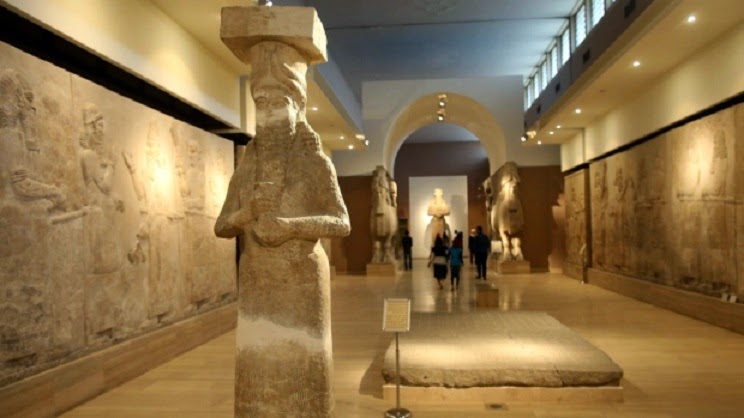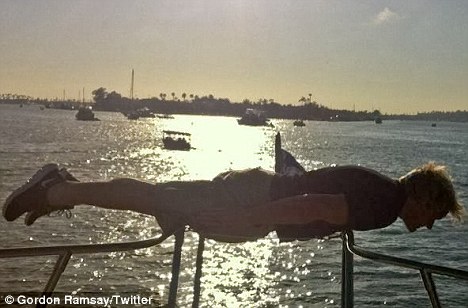Sew La Ti Embroidery [Search results for video game]
The Film Adaption of the Popular Video Game Max Payne

Urinal Video Game!

Milla Jovovich Wallpapers and Photos 2009

angelina jolie tattoos 2011 how many 2010 best new

The Bulldogs (based on an underground comic-book)

Iraq: Iraq says ISIS demolishes ruins to cover up looting

RIP 'planking': Internet craze officially dead after Gordon Ramsay tries his hand at the latest online fad
